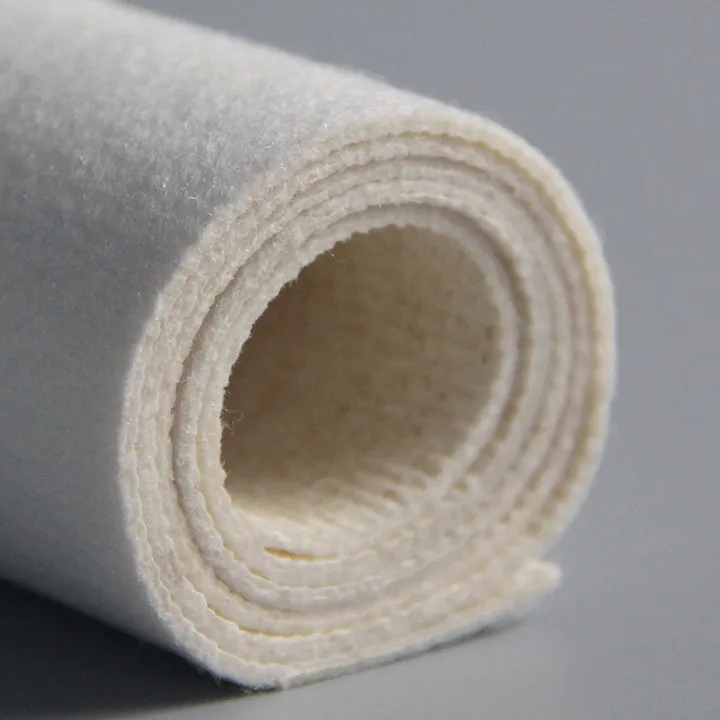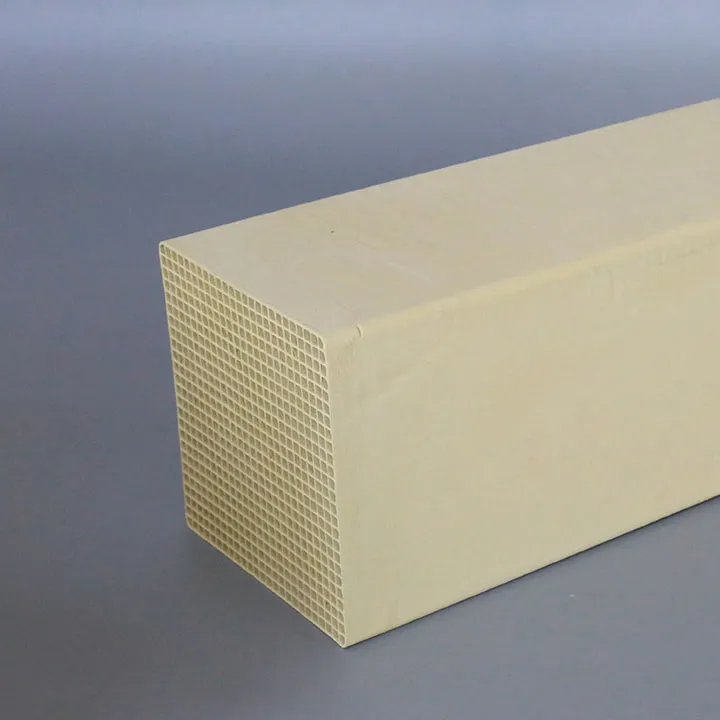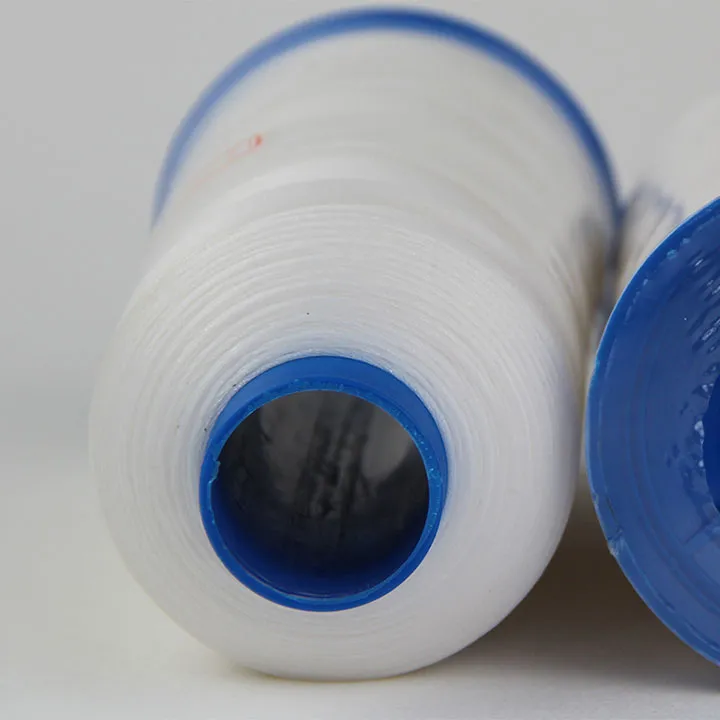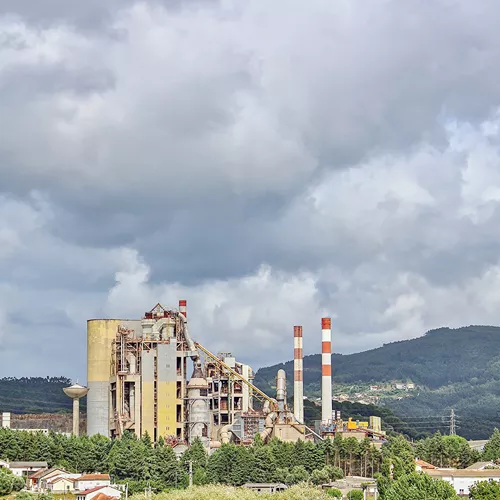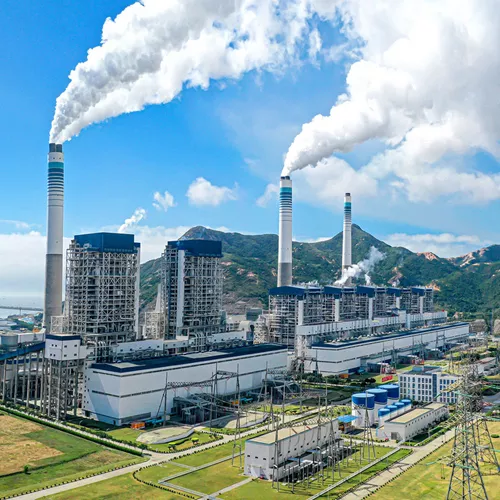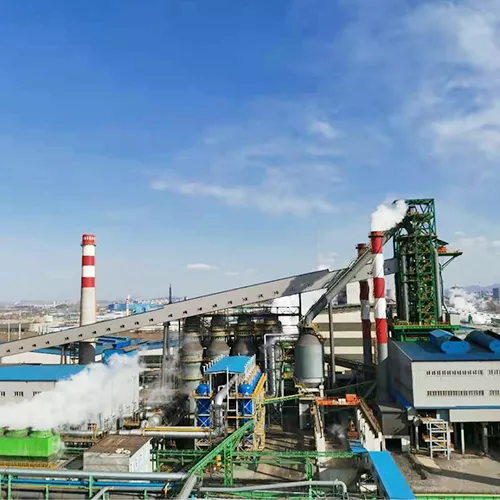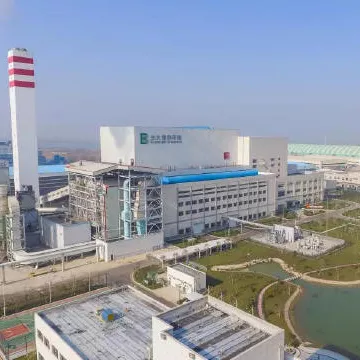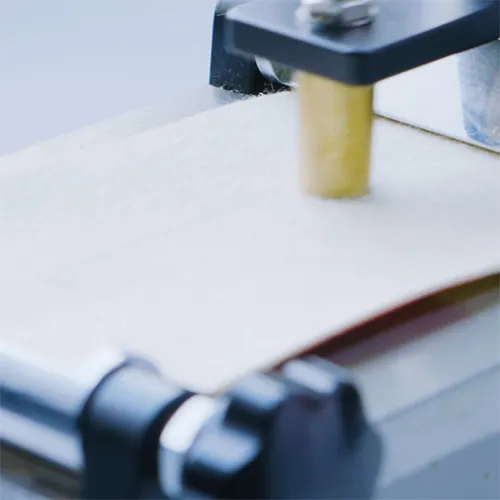Ten types of wear of dust collector filter bags under high pressure and effective countermeasures
In the industrial and environmental protection fields, the operating environment of dust collectors is complex and changeable, and the wear of dust filter bags under high pressure conditions is particularly prominent. Understanding these types of wear and influencing factors can help us effectively extend the service life of filter bags and improve the efficiency of dust removal systems. This article will discuss in detail the various types of wear of filter bags in dust collectors under high pressure environments and provide corresponding solutions.
1. Mechanical wear
Under high pressure environments, the air flow velocity of dust collectors will increase significantly, and the dust load will also increase accordingly. In this case, the friction between the filter bag and the support frame and other filter bags will increase, especially in the bottom and top areas of the filter bag. This continuous friction will cause wear and damage to the filter bag material. To reduce this wear, it is recommended to use wear-resistant filter bag materials and regularly check the fixing status of the filter bag to reduce damage caused by mechanical friction.
2. Pulse wear
The pulse cleaning system is a standard configuration of many dust collectors, which is used to regularly remove dust from the filter bag. However, in high pressure environments, the impact of the pulsed airflow increases significantly, which may cause tears or perforations inside or on the surface of the filter bag. This damage is particularly evident in areas directly impacted by the pulse jet. To reduce pulse wear, the airflow intensity and frequency of the pulse cleaning system can be adjusted to ensure that it operates within a safe range, thereby reducing damage to the filter bag.

3. Buckling wear
High pressure differentials cause the filter bag to buckle repeatedly on the mounting frame, which can cause fatigue in the filter bag material and eventually cause rupture or breakage. Buckling wear often occurs at the fixing and folding areas of the filter bag. To avoid this, the design should consider the reasonable installation and fixing method of the filter bag, minimize its buckling frequency, and select filter bag materials with better fatigue resistance.
4. Tensile wear
In high pressure environments, the filter bag may stretch in the length direction due to excessive tension. This stretching can cause microcracks or fiber breaks in the filter bag material, which can then expand into larger damage. To reduce tensile wear, the tension state of the filter bag should be checked regularly and adjusted as needed. In addition, choosing filter bag materials with high elasticity and strength can also effectively reduce the risk of such wear.

5. Vibration wear
Under high pressure, the dust collector filter bags may be subject to frequent vibrations, which can cause wear at the seams or edges of the filter bags. Vibration wear of the filter bags will increase the degree of damage, so measures should be taken to reduce the impact of vibration on the filter bags. For example, optimize the installation and support structure of the dust collector to ensure its stability, thereby reducing wear caused by vibration.
6. Chemical wear
Although chemical wear is not directly caused by pressure, high pressure environments may cause certain chemicals to penetrate the filter bag material faster, accelerating the chemical corrosion process. For example, when dealing with dust collection systems containing corrosive gases, filter bags in high pressure environments may be more susceptible to chemical erosion. To reduce chemical wear, choose filter bag materials with good corrosion resistance and regularly inspect and replace filter bags, which can effectively reduce the impact of chemical corrosion on the filter bags.
7. Thermal wear
High pressure differentials often lead to increased temperatures within the dust collection system, and long-term high temperatures can cause the filter bag materials to undergo thermal aging. This thermal aging reduces the strength of the filter bag and makes it more susceptible to breakage. To prevent thermal wear, you can optimize the thermal management of the dust collection system to ensure that the filter bag operates within the appropriate temperature range. In addition, choosing high-temperature resistant filter bag materials can also effectively extend their service life.
8. Hydrolysis wear
In dust collection systems that handle humid gases, high pressure may push moisture through the filter bag faster. For some filter materials (such as polyester), this phenomenon may lead to accelerated hydrolysis reactions, thereby reducing the strength and service life of the filter bag. To reduce hydrolysis wear, consider using filter bag materials with good water resistance and control the humidity level in the system.

9. Corrosion wear
In dust collection systems that handle corrosive gases, high pressure may accelerate the erosion of the filter bag by corrosive substances. This erosion process will cause the filter bag material to deteriorate more quickly and reduce its effective service life. To reduce corrosion wear, it is recommended to select corrosion-resistant filter bag materials and perform regular maintenance and replacement to keep the system running properly.
10. Backflush wear
In the backflush cleaning system, if the pressure of the backflush airflow is too high, the outer surface or internal structure of the filter bag may be damaged. Especially in the part directly impacted by the backflush airflow, the damage is particularly serious. In order to reduce backflush wear, the pressure of the backflush airflow should be adjusted to operate within a safe range, and the design of the backflush system should be optimized to reduce damage to the filter bag.
Summary
The problem of filter bag wear under high pressure environment is complex and diverse. By understanding the various types of wear and influencing factors, enterprises can take corresponding measures to reduce filter bag wear, extend its service life, and improve the overall efficiency of the dust removal system. Strictly controlling the operating pressure of the dust collector, regularly checking and maintaining the filter bags, selecting suitable filter bag materials and designing a reasonable cleaning system are all key measures to prevent and reduce filter bag wear. This can not only protect the filter bags and reduce environmental pollution, but also effectively reduce operating costs, achieving a win-win situation of economic benefits and environmental protection.



